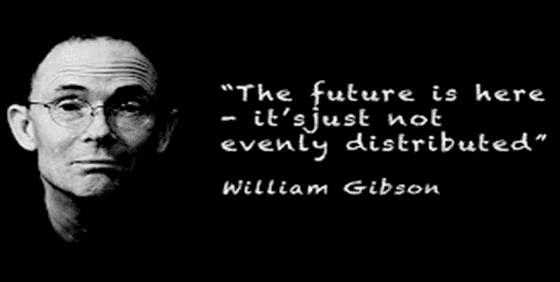Harvard professor Roland Fryer took to the pages of the Wall Street Journal recently to urge lawmakers and advocates to reinvigorate the drive to Milton Friedman’s vision of a dynamic demand-drive K-12 system:
Today’s school-choice ecosystem, which one might refer to as “market lite,” has helped thousands of families. But millions are waiting, and current choice programs operate within the same inadequate framework. Increasing choice on the margin through partial vouchers, magnet school or other measures has yielded disappointing results because of an imperfectly competitive market. Real competition doesn’t mean entering a lottery to attend a charter school or providing vouchers worth only a fraction of public-school funding.
Only a small number of states have adopted enough “market lite” proposals, in combination, to begin to realize the potential of an education system driven by families and supply by educators. Fryer puts his finger on the problem directly:
School choice as currently implemented is more patchwork than panacea. It’s like getting to pick between a government-run cafeteria and an alternative where the line is long and, more often than not, the dish you were hoping for has run out by the time you get to the front. Friedman envisioned a nation of all-you-can-eat buffets.
Every waitlist, in other words, is a policy failure. Fryer expresses enthusiasm for education savings account programs, and ESAs are indeed potentially less limited by supply constraints. The details however matter greatly: formula funded ESA programs have the transformative potential Fryer extols, whereas a program limited by annual appropriation seems likely to produce the dreaded waitlists.
The reality is that upper-income Americans have been investing in multi-vendor education at a growing rate for decades. Private spending on enrichment activities, including tutors, Kumon, summer camps, private lessons, Mathnasium, club sports and far more.
If you’ve ever felt exhausted by driving your kids around after school, or compared notes with other parents on this, you have been a part of this trend. Scholars have documented upper-income Americans spending approximately $9,000 per child per year on enrichment activities. How much credit do leafy suburban schools deserve for their monopoly on non-embarrassing scores on international achievement exams? No one can say for sure, but it may not be as much as commonly assumed.
The significance of the enrichment trend became apparent only after the onset of the COVID-19 pandemic. Advantaged American families still paid exorbitant mortgage ransoms to access the best public schools, but they were not entirely relying upon those schools. Increasing numbers of families have correctly discerned that the opportunity cost of attending a district is simply too high.

Demand driven education is here — it’s just not evenly distributed. Policymakers in some states have democratized the opportunity to participate through ESAs, which have the transformative potential Fryer extols. Elite families will continue to engage in multi-vendor education with or without ESAs, but states with well-designed programs will share such opportunities across society. The future is indeed here; will we distribute it?


